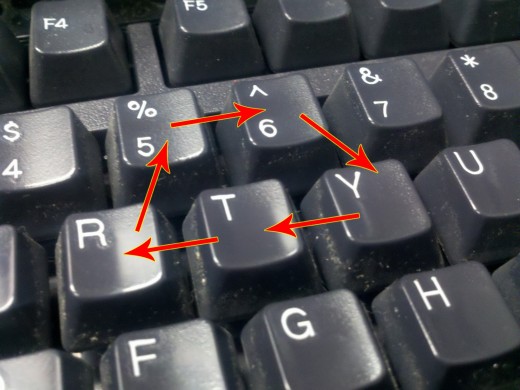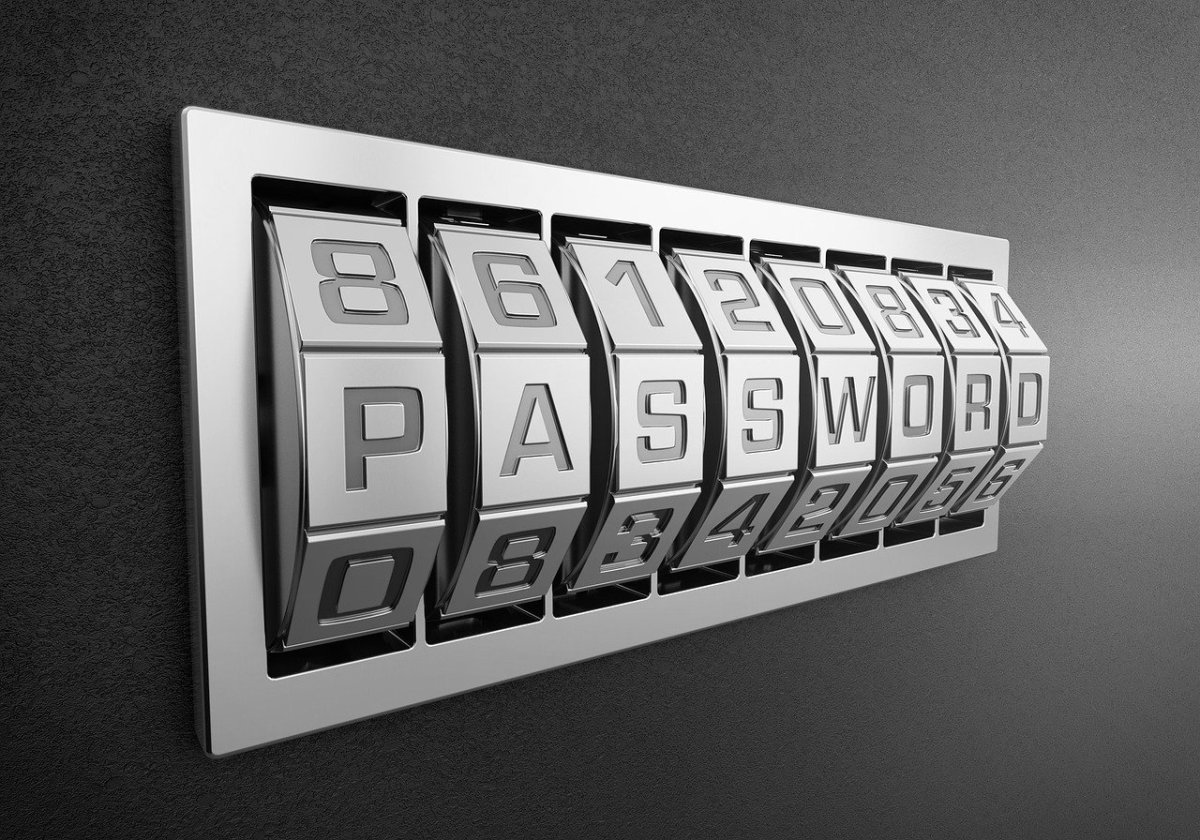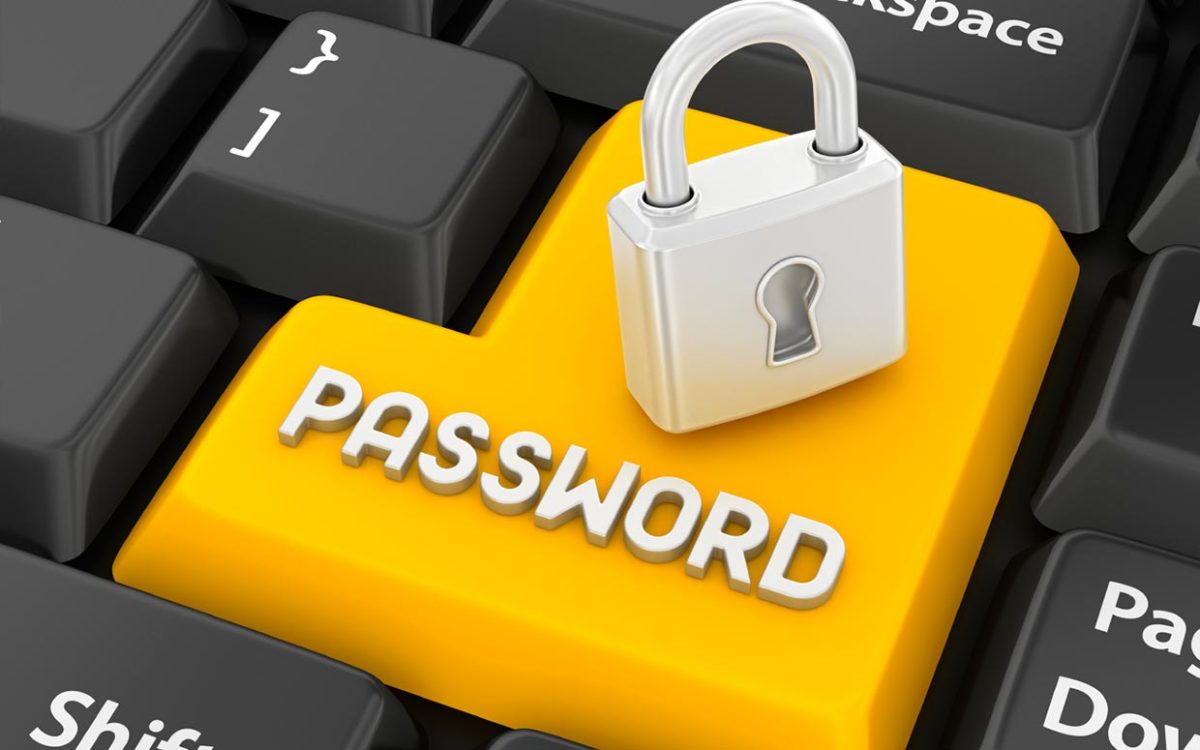How to Create a Strong Password that You Can Easily Remember

With all of the hacking incidents and security breaches that have hit the news lately, it got me thinking about passwords and internet security. I’m sure everyone here knows the importance of having a strong password, but the security breaches still seem to happen too often for comfort. Most hacking incidents occur when a hacker deciphers a weak password. Passwords that are short or use common words, formatting, and key sequences are the easiest to penetrate.
I’ve personally known some very computer literate individuals that were able to expose the master passwords of some very large computer networks (they will remain unnamed). Luckily in these cases, my tech savvy friends disclosed this security vulnerability to the head of IT to have the problem corrected. Do you know what the funny part is? The passwords were actually guessed or computed in less than 10 tries. This is why having a strong password is so important.
Trust me; I know how tough it is to remember 100’s of long passwords for every Internet Account you have. This is where so many people make their mistake. Their biggest issue with passwords is that the strongest ones are also the hardest ones to remember, especially if they are only used periodically. Ironically, a strong password often keeps the rightful user out because it is forgotten so easily.
So here I have created a list of tips that you can use to create strong and secure passwords that are also easy to remember.

Characteristics of Strong Passwords
Does not contain username information (or any names for that matter)
Has a minimum length of 8 characters
Has at least a combination of letters, numbers, and symbols
Password Creation Method 1:
Start with a sentence or phrase that you love and can easily remember. Use the first or second letters of each word to create a row of letters. Next, make the first three letters in the sequence of uppercase, add a number at the end, and don’t forget the punctuation. The result is that you have a password that is very difficult to guess and has the appearance of being a random jumble of letters. Moreover, you will actually be able to easily remember it! And to help you with multiple passwords, you can use the same phrase or sentence, but just use a different letter from each word. Here is an example:
Start with a Phrase: There are witches in the air!
Create a row of letters using the 1st or 2nd letter from each word: tawita
Capitalize the first 3 letters: TAWita
Add an easy to remember number. I will use 15 in this example because I am using the first (1) letter of each of five (5) words: TAWita15
Now punctuate that password: TAWita15!
And there you have it, a strong password that is also easy to remember and hard to decipher.


Password Creation Method 2:
If sentences and phrases are not your cup of tea, perhaps you would do better with a geometric pattern. To do this you will need to pick a favorite shape and a location on your keyboard. “Draw” that shape by pressing the keys that form it. After you have made the motion, hold the SHIFT key and repeat the pattern. I wouldn’t recommend choosing a triangular shape because the resulting password will only be six characters long. Also, you should perform this geometric pattern in a location on the keyboard that would result in the password have numbers and symbols as well as letters in it. Here is an example (use the picture at right for reference):
Pick a shape: I like trapezoids
Locate the shape: The top left corner will be the number 5
Make one clockwise trip around the shape: 56ytr
Make another trip around while holding the SHIFT key: 56ytr%^YTR
And there you have it, a strong password that is also easy to remember and hard to decipher.

Other Methods:
There are a multitude of other methods you can use to create secure passwords, but I don’t think that they are as easy to remember or use as the previous methods I have posted.
- Use a password manager to manage all your passwords. This way you only have to remember one master password. However, this is akin to the old saying of “Don’t put all your eggs in one basket.”
- Word mixing. Choose 2 or three favorite words, put them in alphabetical order, alternate the letters, capitalize the first half, and punctuate the end. Example: Car Dog Hat becomes CDHAoargt!
- Create an Image based password using http://www.Pixelock.com

Additional Tips for Creating Strong Passwords:
- Never use words that can be found in a dictionary as a password.
- Never use birthdays or social security numbers as numbers in a password.
- Never use word abbreviations, slang, or backwards spellings of words in a password.
- Never use simple key sequences such as: 12345678, abcdefg, or asdfgh.
- Change your password often.
- Never use the same password for multiple accounts.
- Check the strength of your password using http://www.passwordmeter.com/





